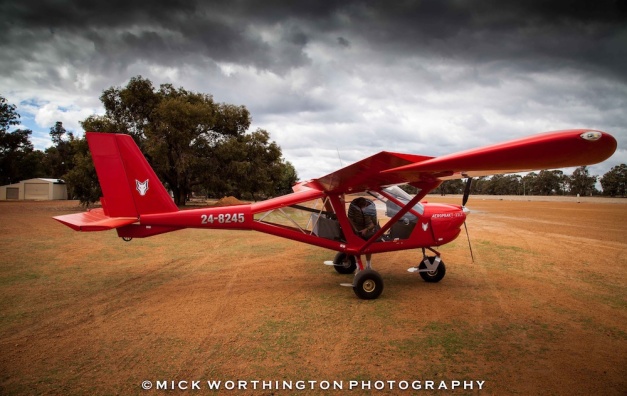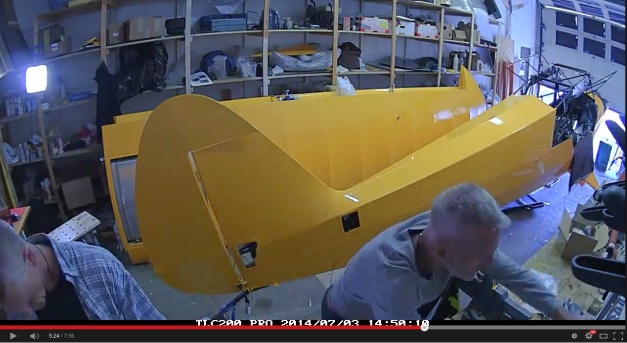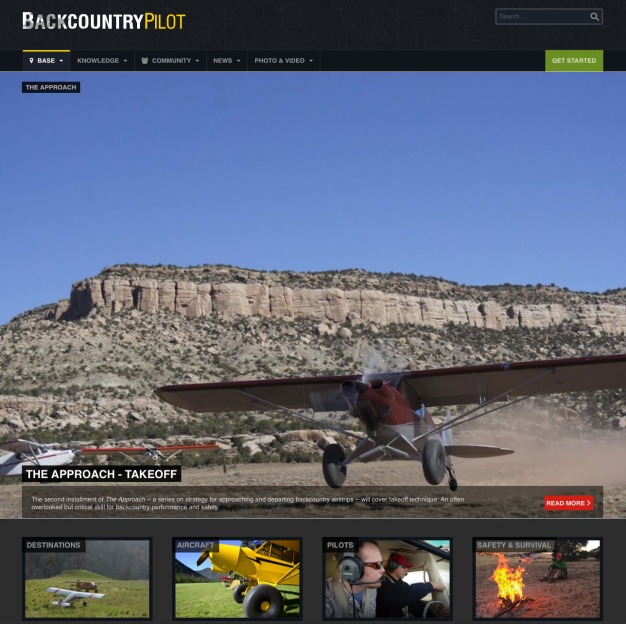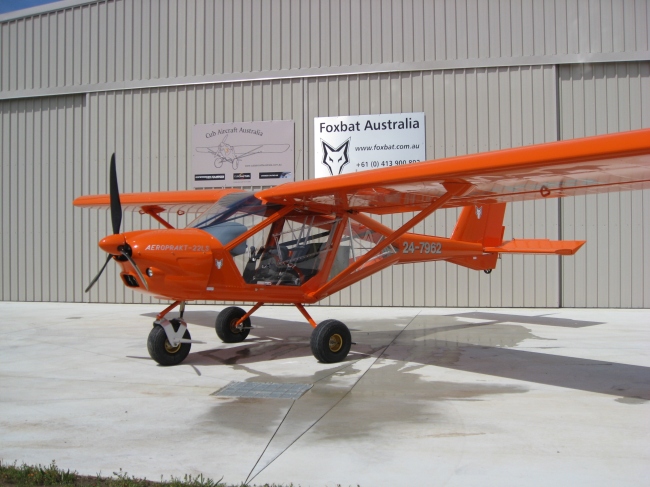
Aeroprakt A22LS Foxbat
I have loved aeroplanes and flying as far back as I can remember and was lucky enough at the age of 17 to be taught to fly in the UK by the Royal Naval Fleet Air Arm under their cadet flying scholarship scheme.
Many years later, after a serious dalliance with hot air ballooning, I revitalised my fixed-wing license and came to live in Australia, where my life in the air has been transformed in many wonderful ways I could never have dreamed. Flying became my business and viewing Australia from the air became my pleasure.
The main vehicle for this transformation has been the Aeroprakt A22 – known fondly in Australia and several other countries as the Foxbat.
The Foxbat is one of a relatively new breed of simple yet hi-tech aircraft designed and manufactured using modern technology and materials. It fits the ‘Light Sport Aircraft’ (LSA) category developed in the USA nearly 15 years ago and enthusiastically adopted in Australia in 2006. In many ways, LSAs – including the Foxbat – represent the cutting edge of current light aviation and are well-suited to flying in Australia.
They often carry more weight, usually fly faster, stall slower and use far less fuel than most of their old General Aviation 2-seat counterparts. And into the bargain, they are more manoeuvrable, more fun to fly and are much much less expensive to maintain. Learning to fly in an LSA is a delight – and costs much less than you may think.

Glasair Sportsman
My logbook now shows that, apart from the Foxbat (and its various versions) I have flown almost 30 different aircraft types (excluding various sizes of hot air balloon). Probably my all-time favourite was a Glasair Sportsman, which I bought, as a ‘two weeks to taxi’ used aircraft, from the USA. Apart from its ‘desert’ camouflage paint scheme complete with ‘wild pig’ teeth at the front (which you either loved or loathed – she who must be obeyed loathed it!) it was a real delight to fly. Fitted with oversize tyres, it would get you in and out of small strips, carry full fuel plus two good sized people and about 70kgs of luggage. And it cruised around 140 knots into the bargain. I had to sell it to give a bit of cash injection into my business but it was a sorry day when I flew it to its new owner.
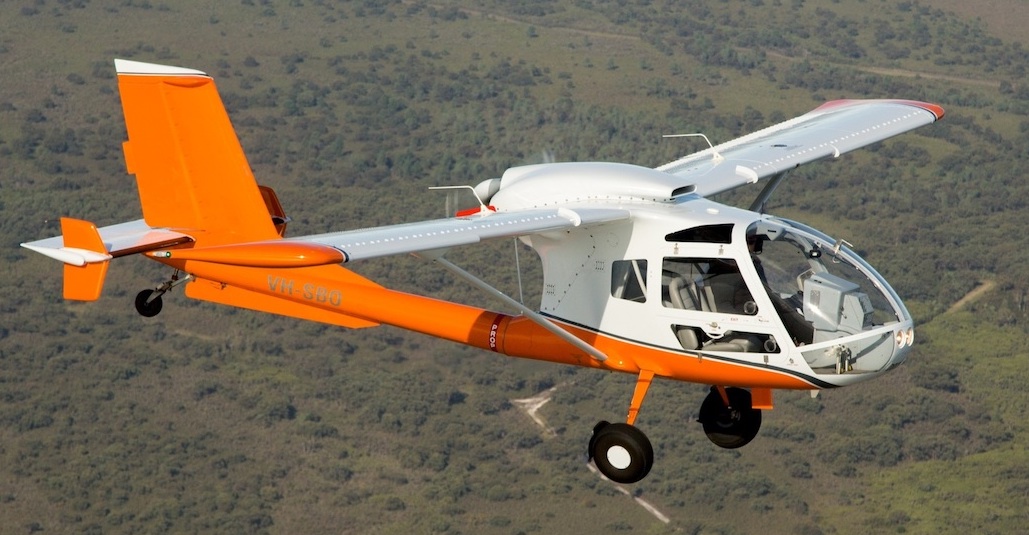
Seabird Seeker
Perhaps the most disappointing was the Seabird Seeker. Since first seeing photos of one when I lived in the UK, I’d always wanted one but a new one was way way out of my budget. Until a used version – in fact the original factory demonstrator – came up for sale at less than the price of a new Foxbat. The Seeker looks a bit like a fixed wing helicopter, with a ‘bubble’ cabin in front and a pusher configuration propeller and engine up behind your head. The aircraft was designed and built, by the renowned Adams family in Queensland, as a surveillance aircraft. And this is where I should have listened to a few warning signals….the plane was amazingly stable in all modes of flight; whatever you did with the controls, it always wanted to return to straight and level – perfect for a surveillance role but not really much fun for the pilot! The mogas approved 160hp Lycoming engine was a bit under powered for a biggish plane in hot and high density altitude flying in Australia. And it was incredibly noisy. And very complex to maintain – I suppose it was primarily designed for civil/military use rather than private flying. But I held on to it for a couple of years before a buyer in the USA made me an offer I couldn’t refuse.

Interstate Cadet
I’ve also owned an Interstate Cadet, still the only one in Australia. A beautiful old thing, built in 1942, well refurbished in the mid-2000s as a bush plane, with a surprisingly nimble turn of speed and take-off. Apart from needing a degree in contortionism to get in and out of the front (pilot) seat, it was very comfortable and forgiving to fly. Over the years, the type has been made famous by Kent ‘Jelly Belly’ Pietsch who flies a couple of great routines – one with engine off aerobatics, including a dead stick landing, as well as a comedy routine where pieces of the aircraft ‘fall off’ – notably an aileron. In a testament to the airframe, the aircraft remains aerobatic even after the aileron is detached. Kent also lands his Interstate on top of a mobile home, albeit with a flat ‘runway’ top, which is quite something to see.
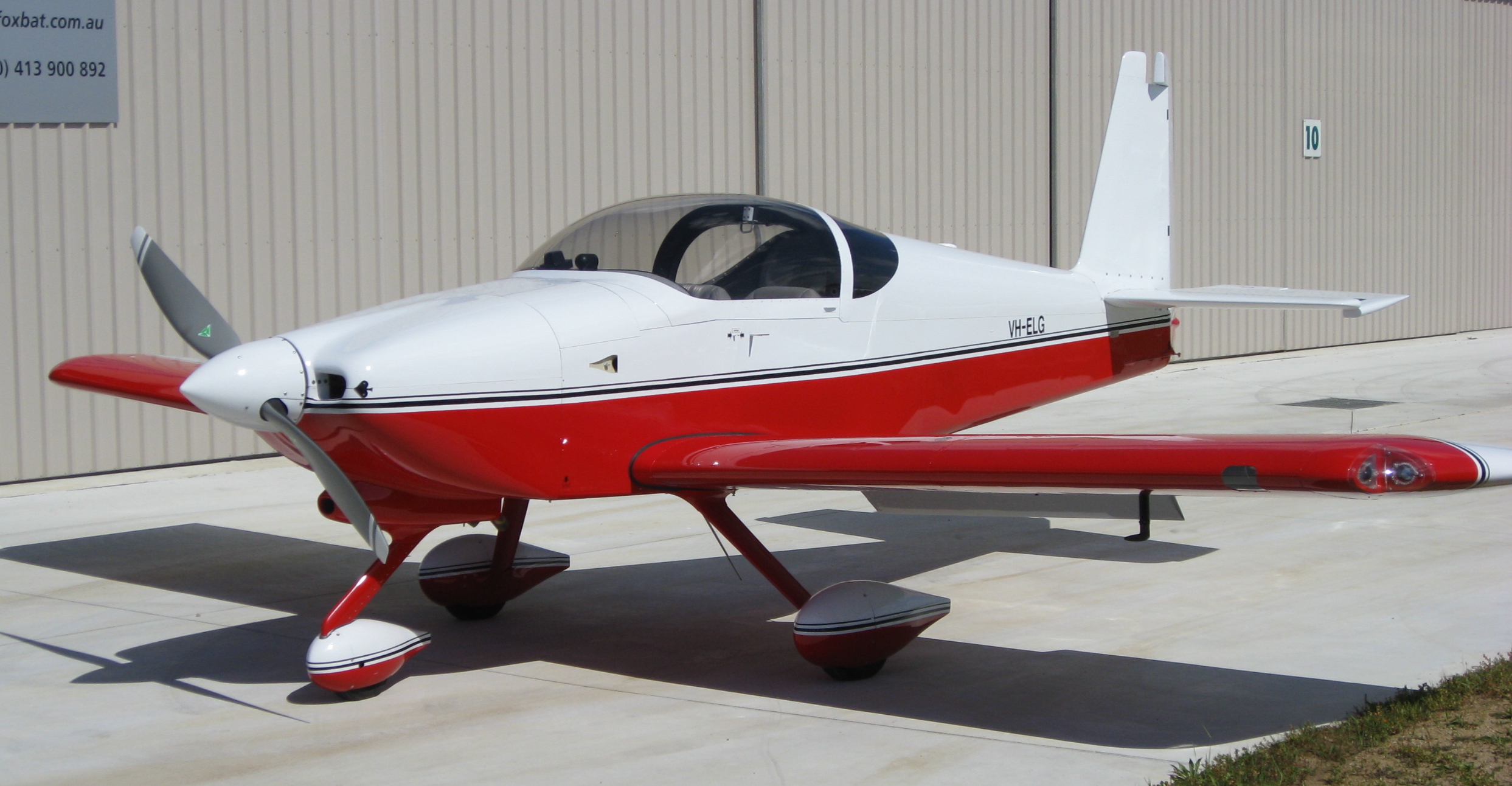
Vans RV7A
Then at completely at the opposite end of the scale there was a Vans RV7…I have always been very wary of buying, without a personal inspection, an amateur built aircraft but an engineer friend checked it out and pronounced it straight and well-built. Again, it was one of my dream planes and great to fly, particularly if you wanted to get somewhere fast! Up at 8,500 feet it would true out at around 170 knots. The downside to all this haste was a bit of a jittery ride in turbulence, which got a bit tiresome after a couple of hours in the saddle. In contrast, the Interstate just loped along at 80 or 90 knots with much of the turbulence absorbed by those big fabric covered wooden-sparred wings.
Other aircraft on the list include Piper Colts (in which I initially learned to fly), Piper Cherokee 140s, a Chipmunk, a couple of Super Cubs, many different Evektor SportStars, a Tecnam or two, a Cessna 152, a Thorp T211, a Slingsby T67, a Beagle Terrier (for flying training when spinning was on the syllabus and the Colt just couldn’t cut it), a Beagle Pup (which, although severely underpowered, was a delight to fly once you got off the ground…which took quite a while), a Dimona motor glider, and a Cubcrafters Carbon Cub. Also on the list is a Grumman AA-5 Cheetah which the instructor (only half-jokingly) told me that I wasn’t allowed to put the notoriously fragile castering nose wheel on the ground until the aircraft was parked.
Just lately, I have been doing quite a bit of flying in a new, Czech built LSA called a DirectFly Alto…but that’s another story.
I am very happy to have made Tyabb Airport my flying home and that of the Aeroprakt A22 Foxbat in Australia – come and visit us in Hangar 11 just south of the main Peninsula Aero Club House.


